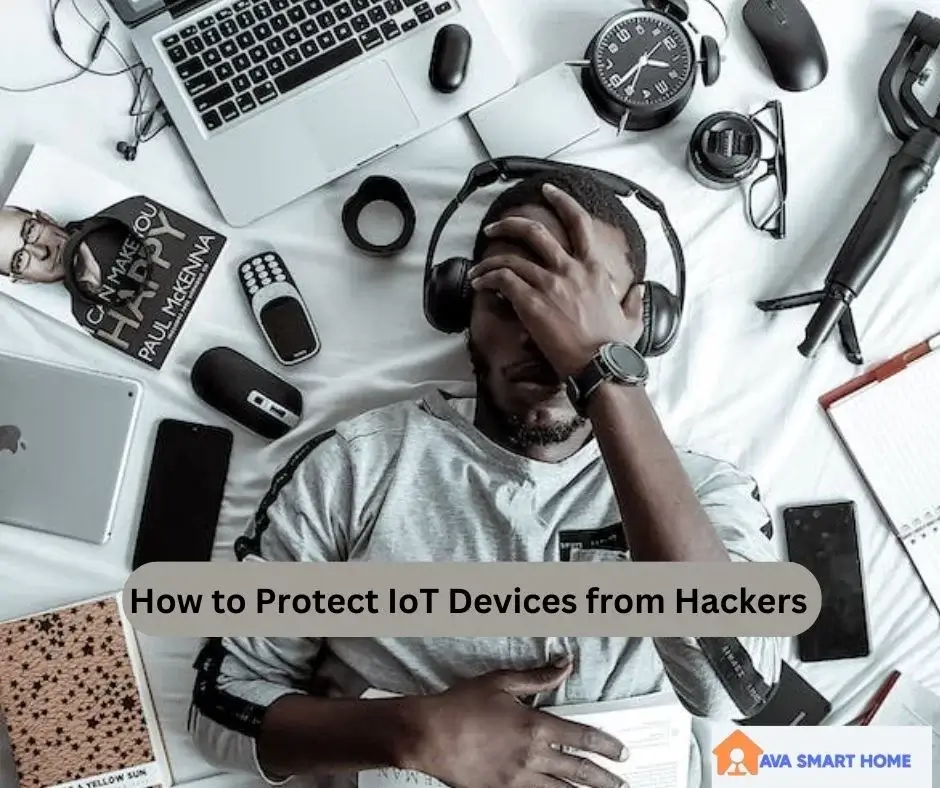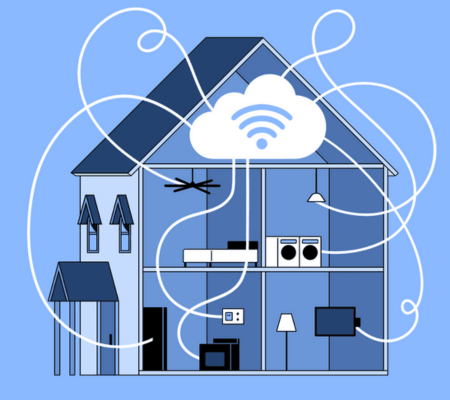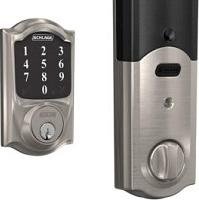IoT devices have become increasingly popular in recent years, with more and more people relying on them for their daily needs. However, as the number of IoT devices grows, so does the risk of cyber attacks. Hackers are constantly looking for ways to exploit vulnerabilities in these devices to gain access to sensitive data or even take control of them. Therefore, users need to take steps to protect their IoT devices from hackers.

One way to protect IoT devices is to update them with the latest software and security patches. Many manufacturers release updates to address known vulnerabilities, so checking for and installing these updates regularly is important. Users should also change default login credentials and use strong, unique passwords to prevent unauthorized access.
Another important step is securing the network the IoT devices are connected. Users should use strong encryption and password protection for their Wi-Fi network and consider setting up a separate network specifically for IoT devices. Additionally, users should be cautious when connecting to public Wi-Fi networks, as these are often unsecured and easily compromised by hackers.
Table of Contents
ToggleIoT Devices: How to Protect IoT Devices from Hackers?
IoT devices are a part of the larger Internet of Things ecosystem. These devices can connect to the internet and communicate with other devices. They can be found in various applications, including home automation, healthcare, transportation, and industrial control systems.
IoT devices come in different shapes and sizes and have varying capabilities. Some devices can be as simple as a temperature sensor, while others can be as complex as a smart home hub. Regardless of their complexity, all IoT devices have one thing in common: they are vulnerable to cyber-attacks.
One of the reasons for the vulnerability of IoT devices is that they often lack basic security features, such as encryption and authentication. Additionally, IoT devices are usually designed with cost and convenience rather than security.
To better protect IoT devices from cyber attacks, it is important to understand their vulnerabilities and how they can be exploited. This includes understanding the different types of attacks that can be launched against IoT devices, such as:
- Denial of Service (DoS) attacks
- Man-in-the-middle (MITM) attacks
- Malware and ransomware attacks
- Credential stuffing attacks
By understanding these vulnerabilities and attacks, IoT device owners can take the necessary steps to secure their devices and protect their data. This includes regularly updating firmware, using strong passwords, and limiting access to the device’s network.
Overall, understanding the vulnerabilities and risks associated with IoT devices is crucial for protecting them from cyber-attacks. By taking proactive measures, IoT device owners can ensure the security and privacy of their data.
Related: Why You Should Consider Pre-Wiring Smart Home for Fiber Optic.
Potential Threats to IoT Devices
IoT devices are becoming increasingly popular, and so are the threats that come with them. As more and more devices are connected to the internet, the risk of cyber-attacks increases. Here are some potential threats to IoT devices:
Malware Attacks
Malware attacks are one of the most common cyber attacks on IoT devices. Malware can infect an IoT device in many ways, such as through email attachments, malicious websites, and software updates. Once a device is infected, the malware can steal data, spy on the user, or even take control of the device.
Data Breaches
Data breaches occur when an attacker gains unauthorized access to an IoT device and steals sensitive information. This can include personal information, financial data, and other sensitive data that can be used for identity theft or other malicious purposes.
Device Hijacking
Device hijacking is when an attacker gains control of an IoT device and uses it for malicious purposes. This can include using the device to launch a DDoS attack, spy on the user, or steal data. In some cases, attackers may even use the device as a gateway to access other devices on the same network.
To protect IoT devices from these threats, it’s important to keep software up to date, use strong passwords, and avoid suspicious emails and websites. Security software and firewalls can also help protect IoT devices from cyber attacks.
Related: Discover the Power of Alloy Smart Home Hub: The Ultimate Hub for Seamless Home Automation
Implementing IoT Device Security
When securing IoT devices, it is important to take a multi-layered approach. This means implementing security measures at both the device and network level. Here are some key steps to ensure your IoT devices’ security.
Regular Software Updates
One of the most important steps to take is to ensure that your IoT devices are always running the latest software updates. This is because software updates often include security patches that address known vulnerabilities. By keeping your devices up-to-date, you can ensure that any known security flaws are addressed.
Strong Passwords
Another important step is to ensure that strong passwords protect your IoT devices. This means using passwords that are at least 12 characters long and include upper- and lower-case letters, numbers, and symbols. Additionally, it is important to avoid using default passwords, as these are often easy for hackers to guess.
Network Security
Finally, it is important to ensure that your network is secure. This means using strong encryption, such as WPA2, to protect your Wi-Fi network. Additionally, it would be best to consider using a firewall to block unauthorized access to your network. Finally, it is important to avoid connecting your IoT devices to public Wi-Fi networks, as these are often unsecured and can be easily hacked.
By taking these steps, you can help ensure your IoT devices’ security and protect them from hackers.
Additional Measures
Device Isolation
One way to protect IoT devices from hackers is to isolate them from other devices on the network. This can be done by creating a separate network for IoT devices not connected to the main network. This will limit the attack surface and prevent hackers from accessing other devices on the network if they can compromise an IoT device.
Another way to isolate IoT devices is to use a virtual local area network (VLAN). A VLAN is a logical network that separates devices into different broadcast domains. Using a VLAN allows IoT devices to be separated from other devices on the network, making it more difficult for hackers to access them.
Two-Factor Authentication
Another important measure to protect IoT devices from hackers is to use two-factor authentication (2FA). 2FA is a security process requiring users to provide two forms of identification before accessing a device or system. This can include a password and a fingerprint, a password and a security token, or a password and a one-time code sent via SMS.
By requiring 2FA, even if a hacker can obtain a user’s password, they will still need an additional form of identification to access the device. This can significantly reduce the risk of unauthorized access and protect IoT devices from cyber attacks.
Overall, by implementing these additional measures, users can significantly improve the security of their IoT devices and reduce the risk of cyber attacks.










